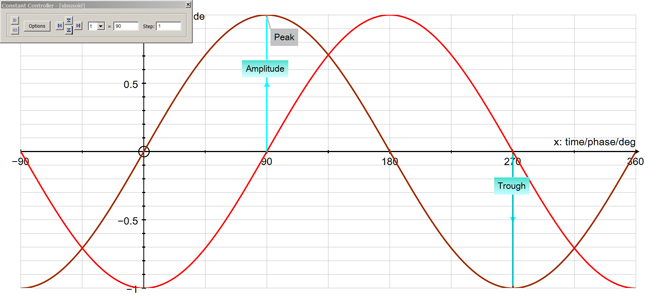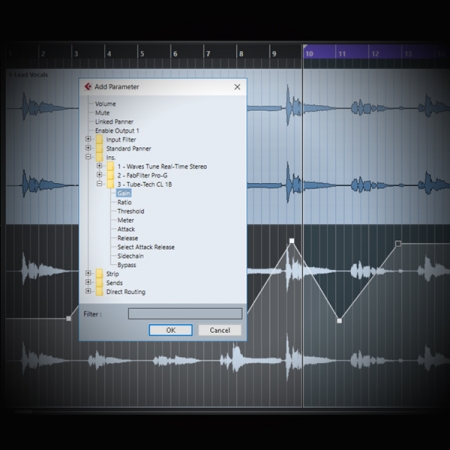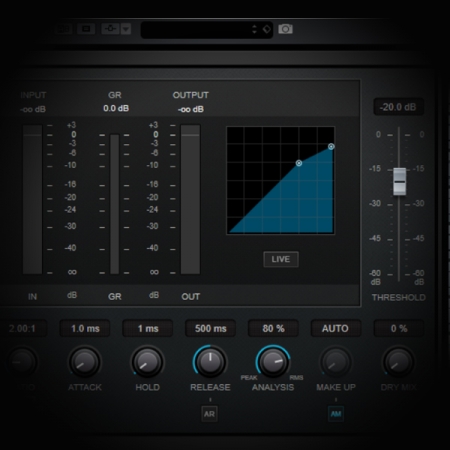Description
Total and Partial Phase cancellation is a detailed video tutorial outlining what is total and partial phase cancellation and hot affects sounds within a mix.
Phase cancellation, both partial and total, can be problematic when using tracked recordings and samples. Phase occurs when two signals are time-shifted. In other words, one signal will be offset by a specific amount to another. Basically, the phase is the progression along the cycle of the waveform determined as degrees. A 360-degree phase is one complete cycle of a waveform where 0 degrees is the start of the cycle. If two signals are aligned exactly in time and location then they are deemed to be in phase. If they are not then they are deemed to be out of phase. If you take one signal and invert it and sum with the other identical signal you will get what is referred to Total Phase Cancellation and this results in silence.
Let us look at a basic sine-wave waveform below. You can see that the cycles start at 0, moves to +1 (this is the peak value), back down to 0, then go to -1 (this is the negative value) then back up to 0. This is a single cycle of a waveform.
Now let us take a look at what happens when we phase shift two waveforms.
The shift value is set at 90 which denotes a phase shift of 90 degrees. In essence, the two waveforms are now 90 degrees out of phase.
The next step is to phase shift by 180 deg and this will result in total phase cancelation. The two waveforms together, when played and summed, will produce silence as each peak cancels out each trough.
However, my suggestion is to watch the video as I simplify the whole subject and show you visually what happens to a waveform when it is ‘shifted’.
Phase in audio is a much-misunderstood subject and yet it is evident in all recordings that involve microphones. Let me guide you through this minefield.
The plugin used in this video:
Topics covered in this video are:
- What is Phase
- What is Partial and Total Phase Cancellation
- How do we measure it
- How do we process it
- Summing and Cancelling
- Polarity and Inversion
If you enjoyed this tutorial maybe the following might also be of help:
Linear Phase Eq versus Minimum Phase Eq
Create Epic Drums Sounds using the ‘Flip and Nudge’ Technique














